 W
WAiliidae is a family of catfishes native to Asia. These fishes usually have dorsal fins with a short base and a spine, but Ailia lack a dorsal fin altogether.
 W
WThe stream catfishes comprise the family Akysidae of catfishes.
 W
WThe Amblycipitidae are a family of catfishes, commonly known as torrent catfishes. It includes three genera, Amblyceps, Liobagrus, and Xiurenbagrus, and about 36 species.
 W
WThe loach catfishes are a family, Amphiliidae, of catfishes. They are widespread in tropical Africa, but are most common in streams at high elevations; most species are able to cling to rocks in fast-flowing streams. The 13 genera contain 68 species.
 W
WThe Anchariidae are a family of catfishes containing two genera, Ancharius and Gogo with 6 species. Anchariids are a strictly freshwater group endemic to Madagascar. Anchariids are characterized by the presence of fringed barbels and a reduced anterior nuchal plate.
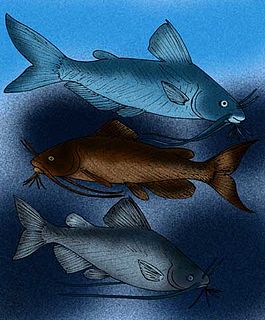 W
WAndinichthyidae is a prehistoric family of catfishes from the Cretaceous to Eocene of South America.
 W
WThe Ariidae or ariid catfish are a family of catfish that mainly live in marine waters with many freshwater and brackish water species. They are found worldwide in tropical to warm temperate zones. The family includes about 143 species.
 W
WThe Aspredinidae are a small South American family of catfishes also known as the banjo catfishes, with about 43 species.
 W
WAstroblepus is a genus of fish in the family Astroblepidae found in South America and Panama. This genus is the only member of its family. These catfishes are primarily found in torrential streams in the Andean area. Astroblepus pholeter and A. riberae are troglobites adapted to living in subterranean water systems. These species are typically small, less than 10 cm (4 in). The largest species reaches 30 cm (1 ft). These fish have suckermouths like those of loricariids. They have two pairs of barbels, maxillary and nasal. The dorsal fin spine lacks a locking mechanism. These fish also have odontodes, tiny teeth on their skin. All species exhibit a conical, pointy type on their fin rays like that found in other loricarioids; other species also exhibit a blunt type that is only found on their skin.
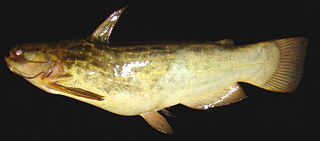 W
WThe driftwood catfishes are catfishes of the family Auchenipteridae. The two genera of the former family Ageneiosidae have been placed here, resulting in a grouping of about 125 species in about 22 genera.
 W
WAustroglanis is the only genus in the catfish family Austroglanididae. This family was split off from the Bagridae catfish family. All three species of catfishes in the family Austroglanididae are endemic to southern Africa, and two species are threatened.
 W
WThe Bagridae are a family of catfish that are native to Africa (Bagrus) and Asia from Japan to Borneo. It includes about 245 species. These fish are commonly known as naked catfishes or bagrid catfishes.
 W
WCallichthyidae is a family of catfishes, called armored catfishes due to the two rows of bony plates along the lengths of their bodies. It contains some of the most popular freshwater aquarium fish, such as many species in the genus Corydoras.
 W
WCalophysus macropterus is a species of catfish of the monotypic genus Calophysus of the family Pimelodidae.
 W
WThe Cetopsidae are a small family of catfishes, commonly called the whale catfishes.
 W
WChaca is the only genus in the catfish family Chacidae. These fish are commonly known as squarehead catfishes, frogmouth catfishes, or angler catfishes. These unusual fish have a sedentary lifestyle and spend much of their time motionless.
 W
WAirbreathing catfish comprise the family Clariidae of the order Siluriformes. Sixteen genera and about 116 species of clariid fishes are described; all are freshwater species. Other groups of catfish also breathe air, such as the Callichthyidae and Loricariidae.
 W
WThe Claroteidae are a family of catfish found in Africa. This family was separated from Bagridae. However, the monophyly of the family is sometimes contested.
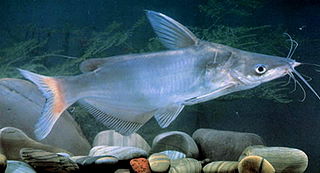 W
WCranoglanis is the only genus of armorhead catfishes.
 W
WDiplomystidae, the velvet catfishes, are a family of primitive catfishes endemic to freshwater habitats in Argentina and Chile in southern South America. It currently contains six species in two genera.
 W
WThe Doradidae are a family of catfishes also known as thorny catfishes, raphael catfishes or talking catfishes. These fish are native to South America, primarily the Amazon basin and the Guianas.
 W
WErethistidae are a family of catfishes that originate from southern Asia. It includes about 45 species.
 W
WThe Heptapteridae, or three-barbeled catfishes, are a family of catfish that originate from the Americas. Most species are restricted to South America, but Imparfinis lineatus, Nemuroglanis panamensis and Pimelodella chagresi are native to Panama, and Rhamdia species occur as far north as Mexico. The name Heptapteridae is derived from Greek, hepta meaning seven and pteron meaning fin.
 W
WHeteropneustes is a genus of catfishes, the airsac catfishes, native to Asia. This genus is monotypic.
 W
WHorabagridae is a proposed family of catfishes containing three genera, Horabagrus, Platytropius and Pseudeutropius. Horobagrus has been more usually assigned to the family Bagridae and sometimes it has been suggested it is closer to the Schilbeidae which is where the other two genera have been more conventionally placed.
 W
WThe Ictaluridae, sometimes called ictalurids, are a family of catfish native to North America, where they are an important food source and sometimes fished for sport. The family includes about 51 species, some commonly known as bullheads, madtoms, channel catfish, and blue catfish.
 W
WLoricariidae is the largest family of catfish, with 92 genera and just over 680 species. Loricariids originate from freshwater habitats of Costa Rica, Panama, and tropical and subtropical South America. These fish are noted for the bony plates covering their bodies and their suckermouths. Several genera are sold as "plecos", notably the suckermouth catfish, Hypostomus plecostomus, and are popular as aquarium fish.
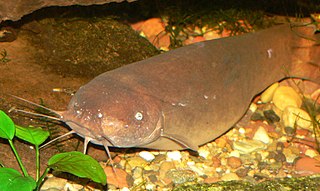 W
WElectric catfish or Malapteruridae is a family of catfishes. This family includes two genera, Malapterurus and Paradoxoglanis, with 21 species. Several species of this family have the ability to produce an electric shock of up to 350 volts using electroplaques of an electric organ. Electric catfish are found in tropical Africa and the Nile River. Electric catfish are usually nocturnal and carnivorous. Some species feed primarily on other fish, incapacitating their prey with electric discharges, but others are generalist bottom foragers, feeding on things like invertebrates, fish eggs, and detritus. The largest can grow to about 1.2 meters long, but most species are far smaller.
 W
WThe Mochokidae are a family of catfishes that are known as the squeakers and upside-down catfish. There are nine genera and about 200 species of mochokids. All the mochokids are freshwater species originating from Africa.
 W
WNematogenys inermis is a species of mountain catfish, the only extant species in the family Nematogenyiidae. This species is endemic to Chile where it is found in fresh waters in central Chile. This species grows to a length of 40.7 cm (16.0 in) NG.
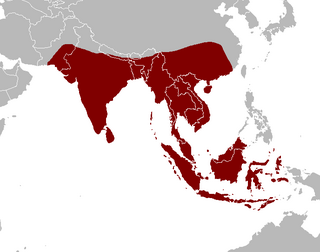 W
WThe shark catfishes form the family Pangasiidae. They are found in fresh and brackish waters across southern Asia, from Pakistan to Borneo. Among the 30-odd members of this family is the plant-eating, endangered Mekong giant catfish Pangasianodon gigas, one of the largest known freshwater fish. Several species are the basis of productive aquaculture industries in Vietnam's Mekong Delta.
 W
WThe Pimelodidae, commonly known as the long-whiskered catfishes, are a family of catfishes.
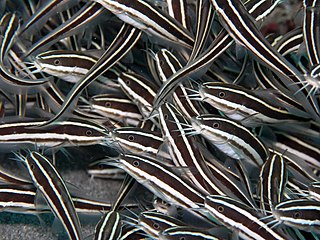 W
WThe eeltail catfish are a family (Plotosidae) of catfish whose tails are elongated in an eel-like fashion. These catfishes are native to the Indian Ocean and western Pacific from Japan to Australia and Fiji. The family includes about 41 species in 10 genera. About half of the species are freshwater, occurring in Australia and New Guinea.
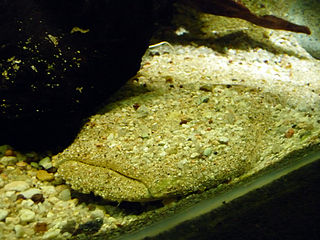 W
WThe Pseudopimelodidae are a small family of catfishes known as the bumblebee catfishes or dwarf marbled catfishes. Some of these fish are popular aquarium fish.
 W
WSchilbeidae is a family of catfishes native to Africa and Asia. These fish tend to swim in open water.
 W
WSiluridae is the nominate family of catfishes in the order Siluriformes. About 105 living species of silurids are placed in 12 or 14 genera.
 W
WSisoridae is a family of catfishes. These Asian catfishes live in fast-moving waters and often have adaptations that allow them to adhere to objects in their habitats. The family includes about 235 species.
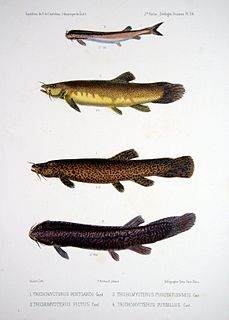 W
WTrichomycteridae is a family of catfishes commonly known as pencil catfishes or parasitic catfishes. This family includes the candiru fish, feared by some people for its alleged habit of entering into the urethra of humans. They are one of the few parasitic chordates. Another species is the life monsefuano which was important to the Moche culture and still an important part of Peruvian cuisine.